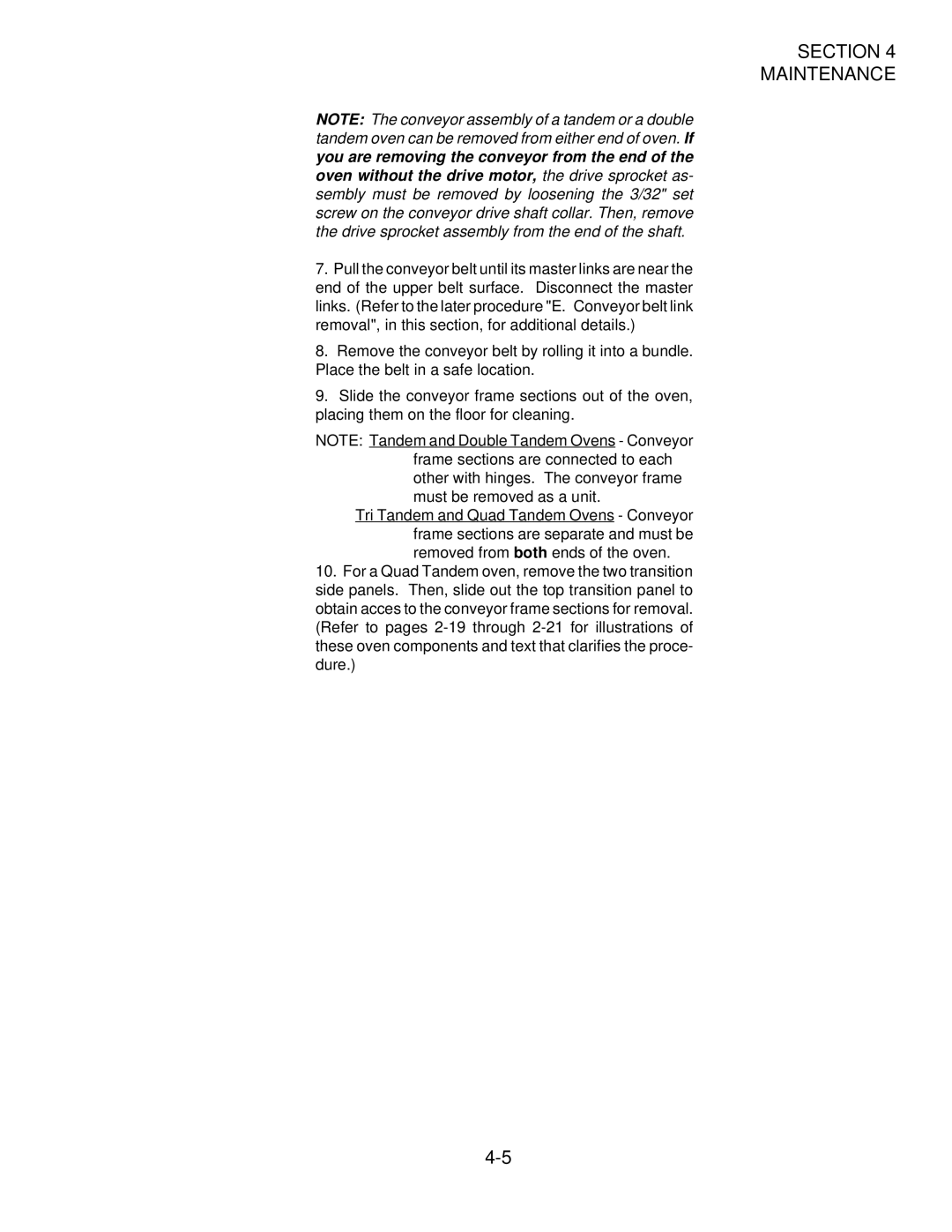PS360/PS360WB specifications
The Middleby Cooking Systems Group PS360 and PS360WB are innovative cooking solutions designed to meet the evolving needs of commercial kitchens. These cooking systems offer advanced features and technologies that enhance cooking efficiency, consistency, and ease of use.One of the standout features of the PS360 and PS360WB is their versatile cooking capabilities. These systems are engineered to perform multiple cooking methods, including grilling, frying, and roasting, which allows operators to expand their menu offerings without the need for additional equipment. This versatility is especially beneficial in high-volume environments where space and efficiency are paramount.
The PS360 is equipped with an intuitive touch-screen control panel that simplifies operation. This user-friendly interface allows kitchen staff to set precise temperatures and cooking times, ensuring perfect results every time. Additionally, both models incorporate advanced heating technologies, including direct oil heating and infrared heating, which provide rapid cooking times and superior food quality. This combination of technologies enables faster service, making these systems ideal for busy establishments.
Another key characteristic of the PS360 and PS360WB is their energy efficiency. Utilizing innovative insulation and heat distribution methods, these cooking systems achieve high performance while minimizing energy consumption. This not only helps reduce operating costs but also aligns with environmentally conscious practices within the foodservice industry.
Safety features are paramount in commercial kitchens, and the PS360 series includes several built-in safety mechanisms. These systems come with automatic shut-off functions and temperature safety locks to prevent accidents and ensure safe operation, thus enhancing the overall kitchen environment.
The durability of the PS360 and PS360WB is another point of distinction. Constructed from high-quality stainless steel, these cooking systems are designed to withstand the demands of a busy kitchen while maintaining their performance over time. Their robust design ensures longevity, reducing the need for frequent repairs or replacements.
In summary, the Middleby Cooking Systems Group PS360 and PS360WB provide a comprehensive solution for commercial kitchens seeking efficiency, versatility, and reliability. With advanced cooking technologies, user-friendly controls, energy efficiency, safety features, and durable construction, these systems empower foodservice operators to deliver exceptional meals while optimizing their kitchen operations.
